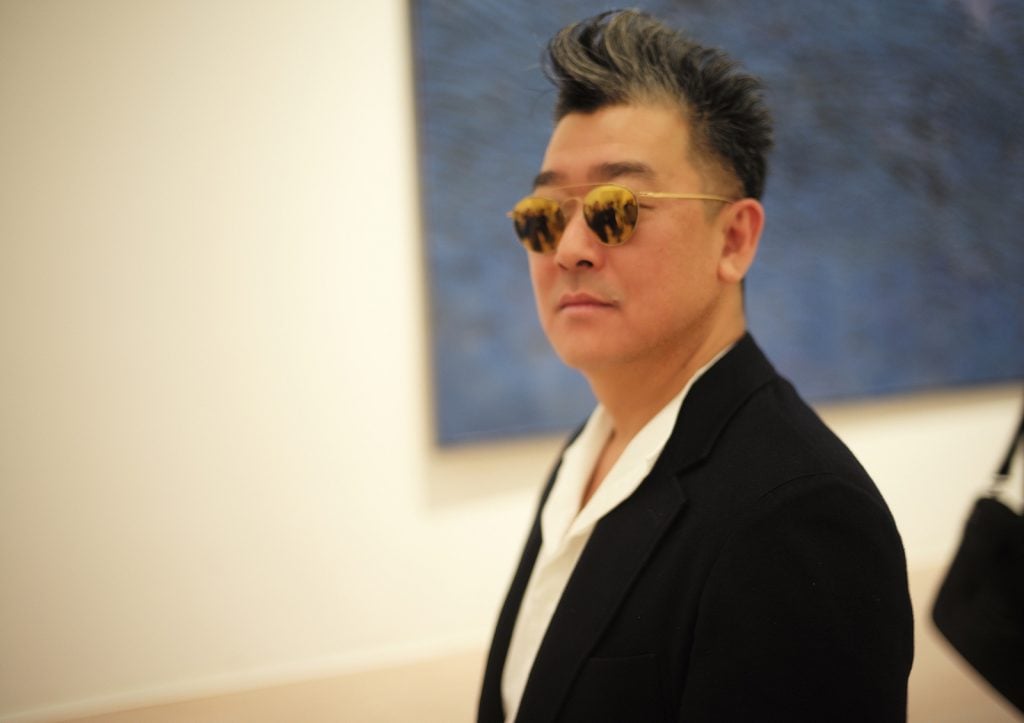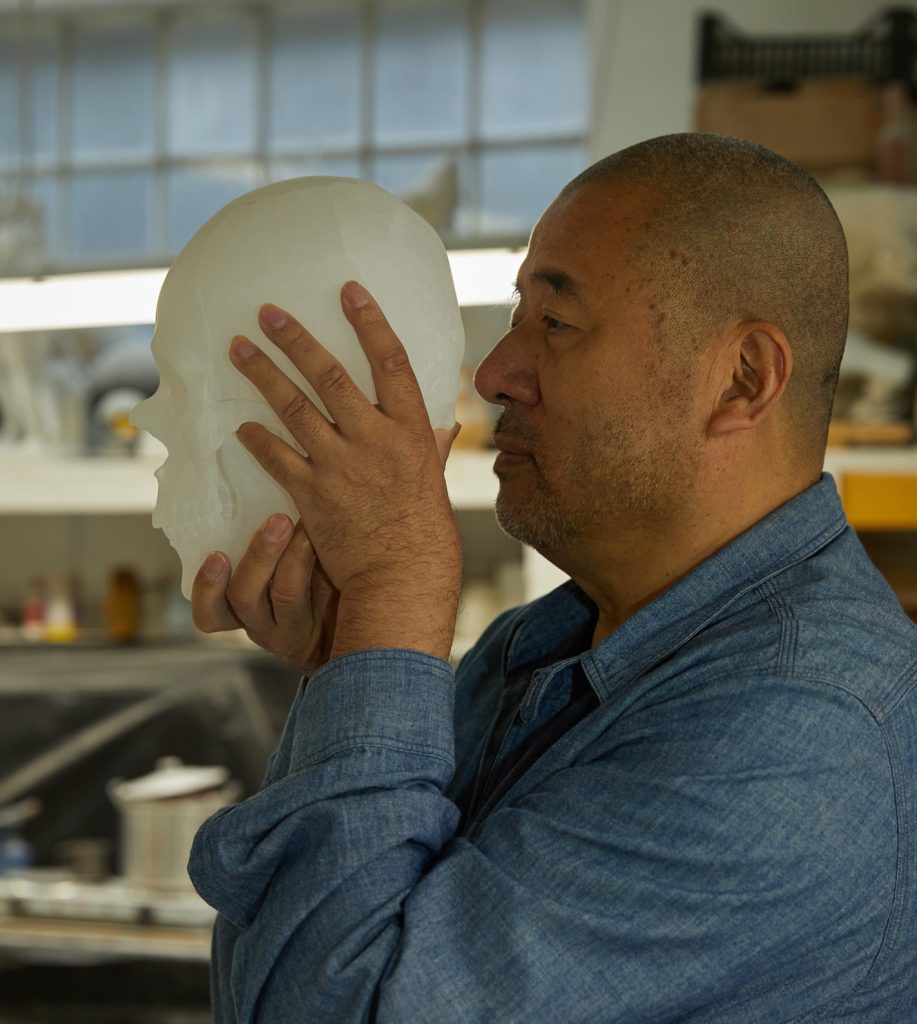Art World
A Shanghai Gallerist Is Opening a Robot-Filled Production Studio to Help Artists Realize the High-Tech Projects of Their Dreams
Will Jung Lee's Miralab foster a Chinese Jeff Koons or Takashi Murakami?

Will Jung Lee's Miralab foster a Chinese Jeff Koons or Takashi Murakami?

by
Brian Boucher

After running an innovative Shanghai gallery, Korean-American tech investor Jung Lee is now building Miralab, a high-tech art production studio, complete with robots to help artists realize the large-scale projects of their dreams.
The former banker founded his gallery, Ren Space, in 2013, where he has shown artists like Zhang Peili. Now he plans to support artists with projects that will require processes like robotic milling and rapid, large-scale 3D metal printing, all using proprietary software.
“Miralab is first of its kind in China,” Lee said in an email to Artnet News. “It takes years of in-house coding and programming to integrate industrial robots and to adapt them for specific use in art making. This is why there are only a few independent fabrication studios in the world that are repeatedly utilized by a small number of top Western contemporary artists.”
Lee wants to provide Chinese artists with the same caliber of facilities without the burdens of international travel, shipping, and import taxes.
With artists Zhang Peili and Yang Zhenzhong in tow, Lee toured the studios that make works by artists like Jeff Koons and Yayoi Kusama before setting up shop in Hong Kong this year with a staff of nine. He plans to open the 9,500-square-foot facility in Shanghai’s Songjiang district in 2021. He also envisions a future in which his company could provide studios for more traditional materials like ceramic, bronze, and handmade paper.

Zhang Peili. Photo courtesy Miralab.
Lee’s business model is unlike those in the West, in which production and distribution are handled by separate businesses. Lee promises turnkey solutions, covering fabrication and distribution, since, he says, the Chinese market doesn’t have a system of galleries like in the West, where many dealers suffer under the burden of high real-estate costs in pricey metropolitan centers.
“The key attribute of our model,” says Lee, “is the fact that we finance all the projects and retain exclusive distribution rights to all the art works produced through our platform. We take equity in each of the art pieces.”
Time will tell if Lee’s approach will work, but he points out that it comes at a moment when galleries and art fairs are already under strain, and new approaches may be needed.
“It’s always painful to take first steps and innovate,” he says. “But do any of us have any choice?”